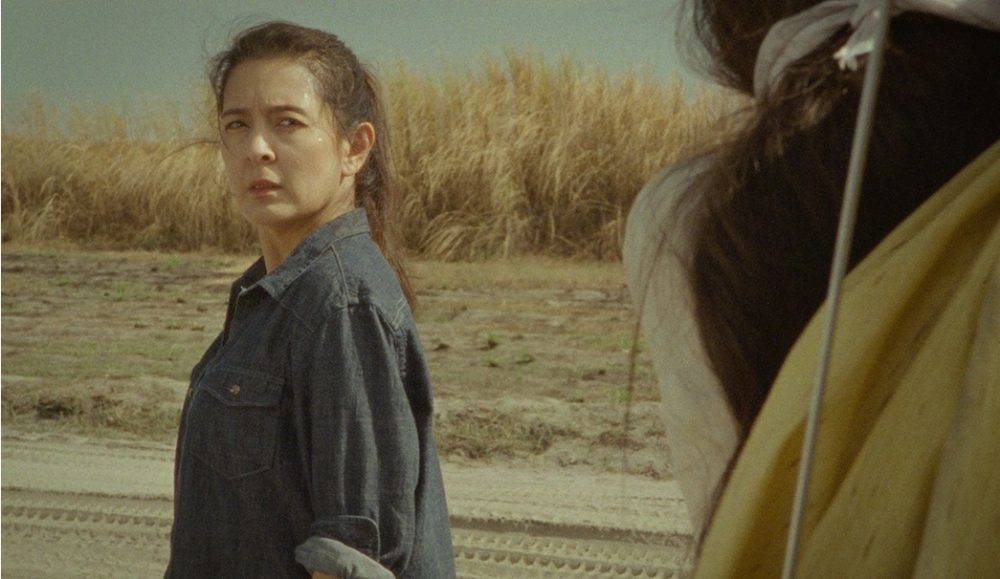By DENISSE P. TABOR

IT IS not uncommon for people to exhibit self-destructive behavior when they think that the damage inflicted by their painful experiences are beyond repair. The belief that they never recover from these setbacks is ingrained in their minds so they cease to care if their actions would further ruin their lives or what is left of it anyway.
Watch Me Kill rings true to this sentiment. Directed by Tyrone Acierto under Cinebandit Productions, the film starred award-winning actress Jean Garcia, Junyka Santarin, Jay Manalo, and other rising stars. It was an R-16 entry film to the annual Pista ng Pelikulang Pilipino.
The film opens with Luciana’s endeavors as she takes on a series of killing jobs; one of them involving the murder of a war veteran who had a diamond in his possession. But upon completing this mission, she found herself with a young companion who soon became a daughter figure to her. As the story unfolded, the audience came to realize that Aurora (Junyka Santarin), the child who Luciana had taken under her care, was not who they thought her to be.
Although the plotline was initially going towards a very cliche mother-daughter trope, Watch Me Kill is not a story about two people who found solace and comfort in each other’s company. What seemed to be a depiction of motherly love and a bad case of Stockholm Syndrome, takes a different turn once it delved into Luciana’s dark history. When Luciana left Aurora in the woods after pertaining to her as extra baggage, the audience came to understand that it was said not out of anger and frustration. Aurora was her baggage — a baggage she had been dragging with her ever since that one fateful night in her youth.
Jean Garcia’s villainous tendencies in her previous roles in television are almost no different from her character in the film. But what makes her portrayal of Luciana distinctive from these other roles is her duality and transformation from a ruthless killer to a mother figure. Garcia succeeded in guiding the audience to the complexity of her character — a woman who had known death all too well not because it was her job, but because it had taken something of great importance from her and the trauma it had caused was so deep-rooted that the only way for it to be unearthed is to be granted the sweet release of death.
Moving on to the cinematography, the movie stills that showcased the grand mountains and the picturesque river winding through them were mesmerizing and gave off a dreamlike feeling. Another noteworthy element is the consistent use of color yellow as seen among the curtains in Luciana’s home, the candles lit by the old woman who found her in the river, the flags at the marketplace when Luciana was buying blankets for Aurora, and the dress worn by Aurora in the last few minutes of the film.
If there is one thing inadequate about the film, it is how the plot twist of the story was predictable; the ending was overshadowed a myriad of times throughout the film. However, the element of surprise was nevertheless present. Every minute of it was also nerve-wracking and stayed true to its nature as an eclectic mix of action-thriller-drama genres. There is also not much of a takeaway from the lackluster dialogue, but the last words exchanged between Luciana and Aurora were strikingly substantial. It signaled the liberation of Luciana from her wretched life and onto a shot at redemption.
All in all, Watch Me Kill was carefully crafted, its attention to detail commendable. What it lacks in a bland exchange of dialogue is somehow provided for in the richness of symbolism and turn of events that will keep you on the edge of your seat. It is also guaranteed to disturb — not because of the blood and the bodies but because of the lead character’s inner battles. F



